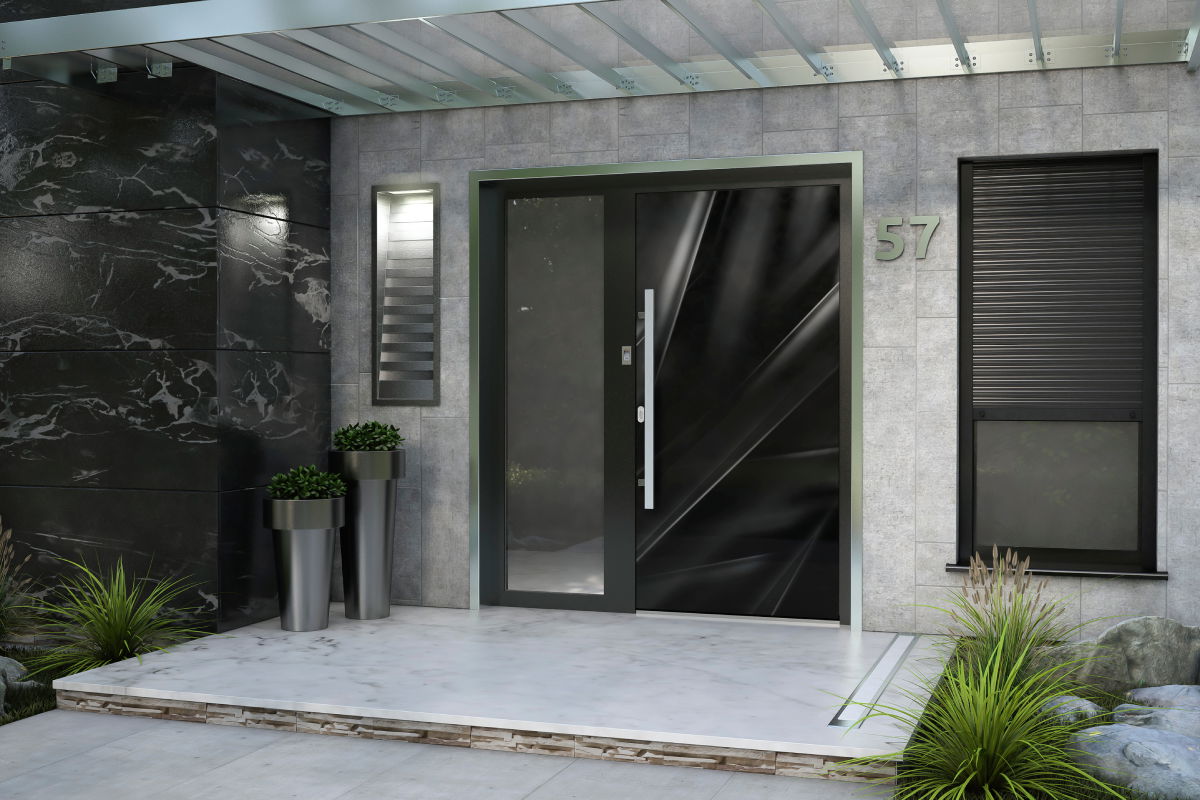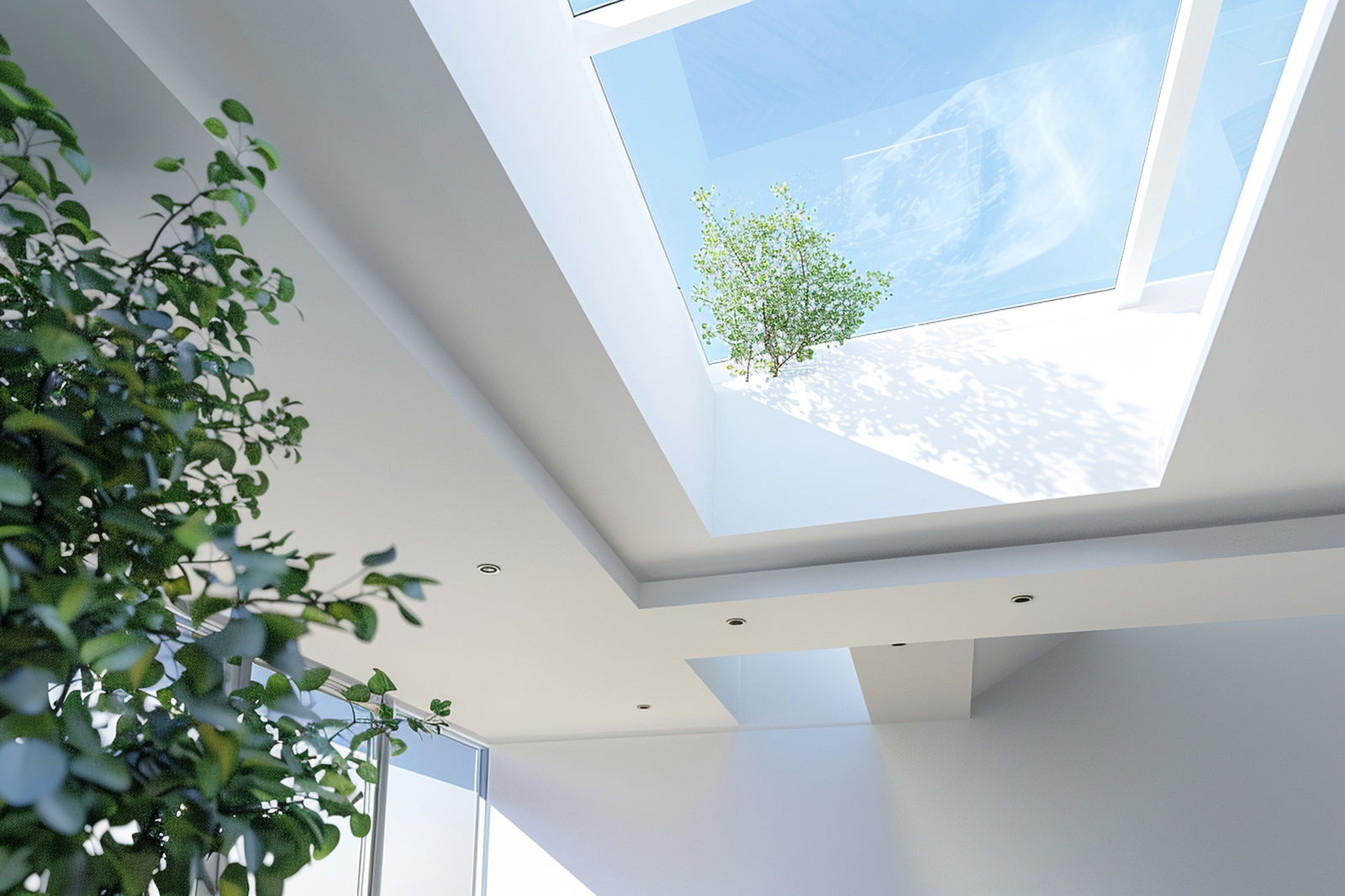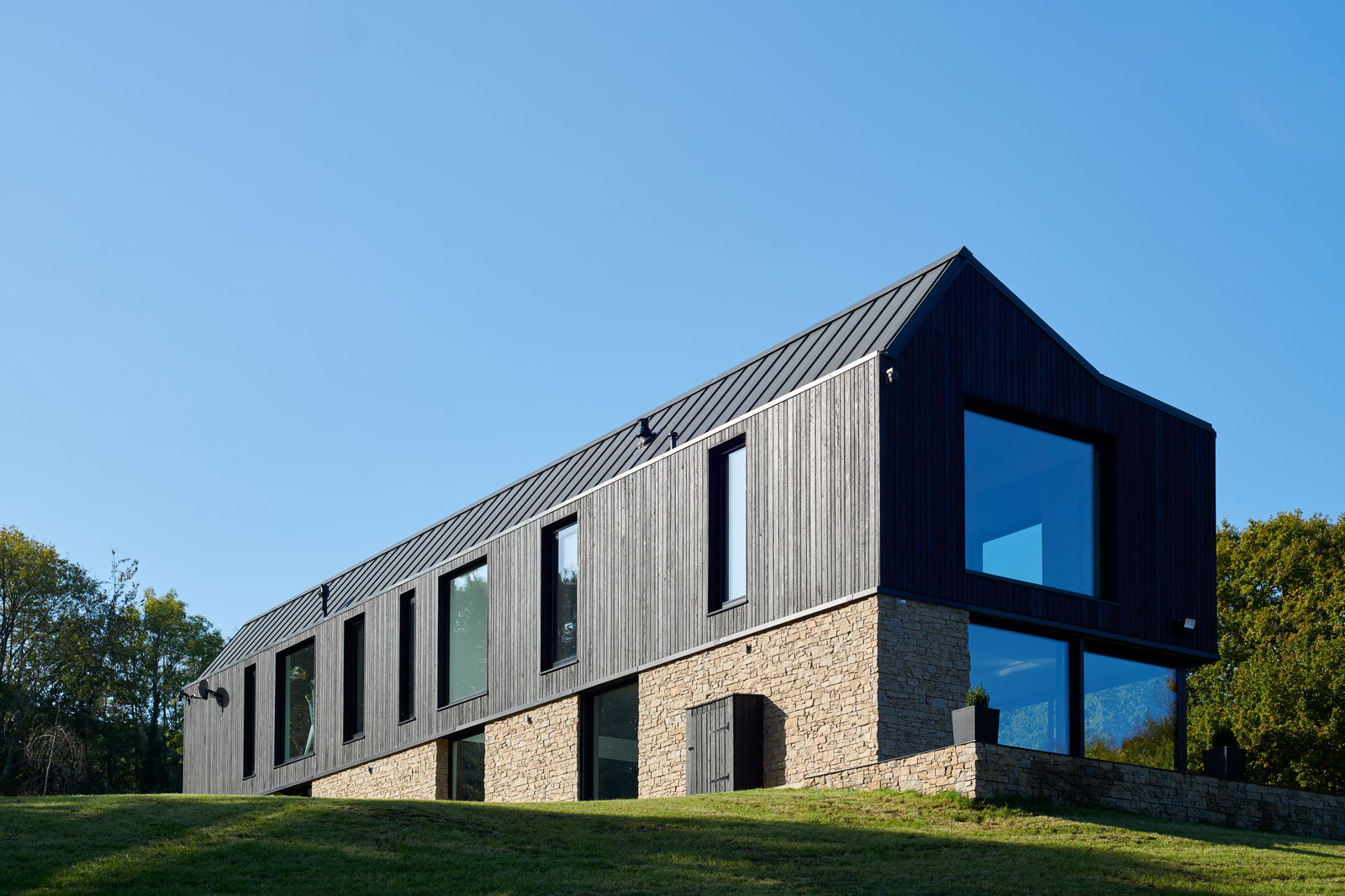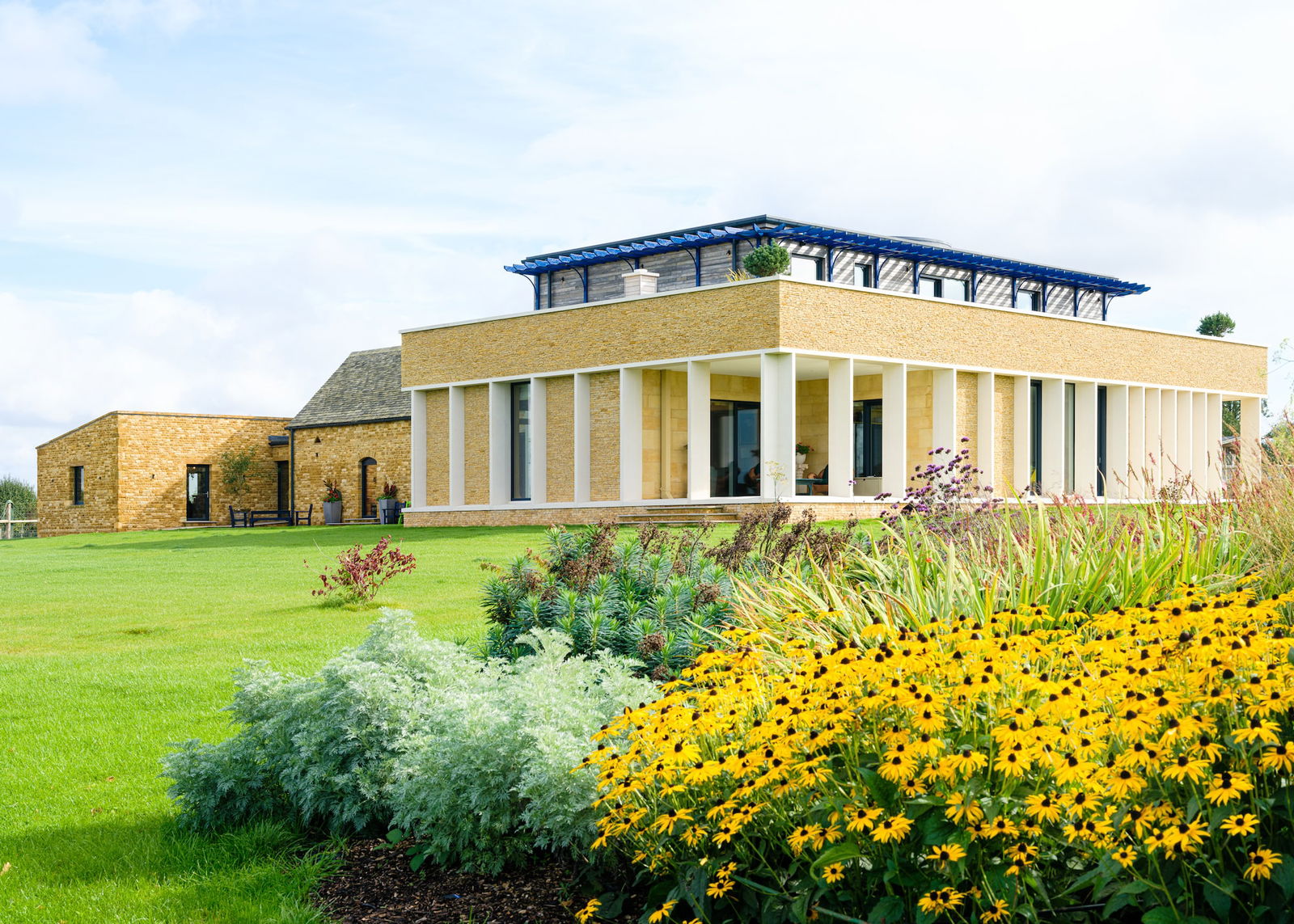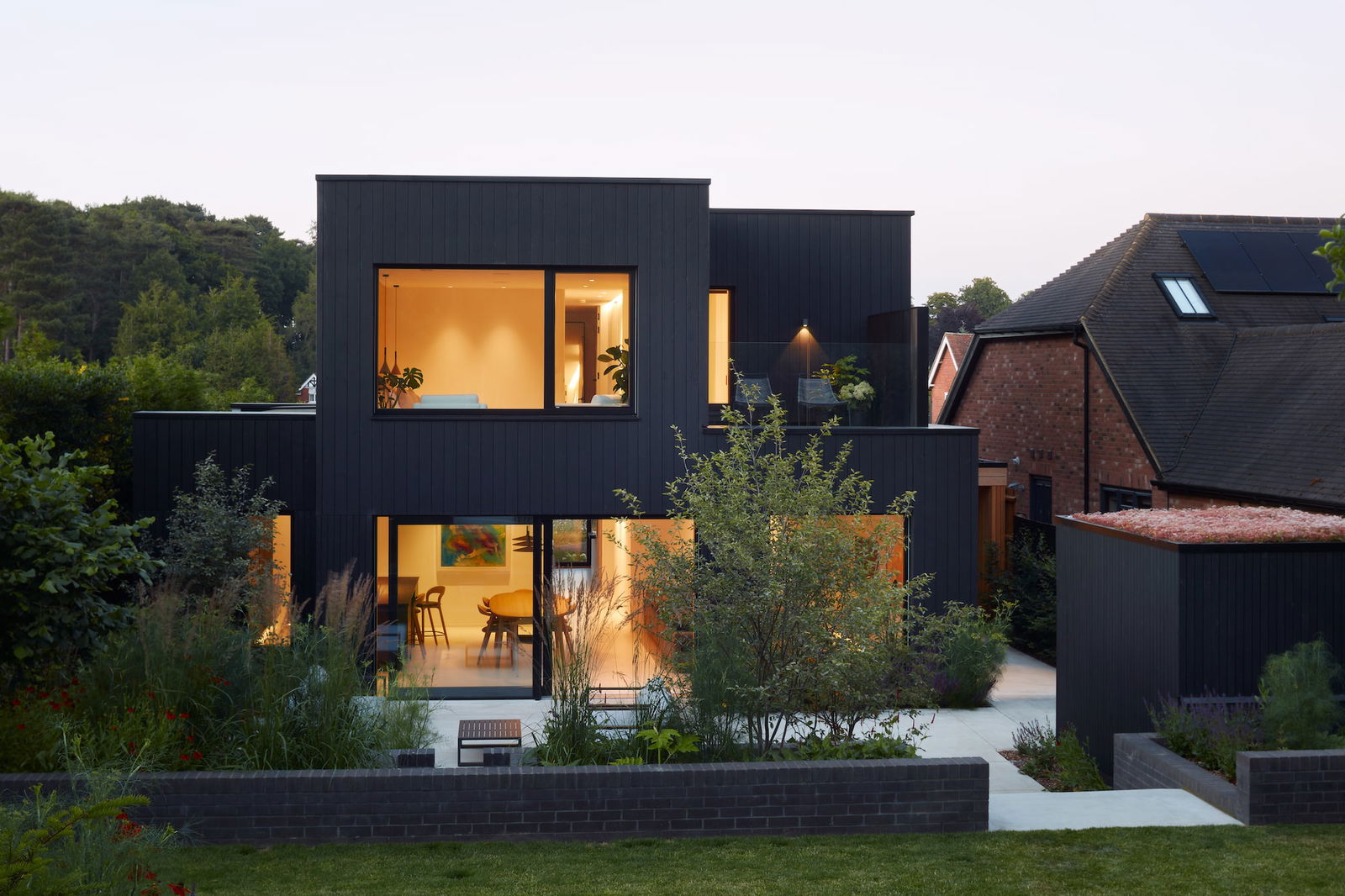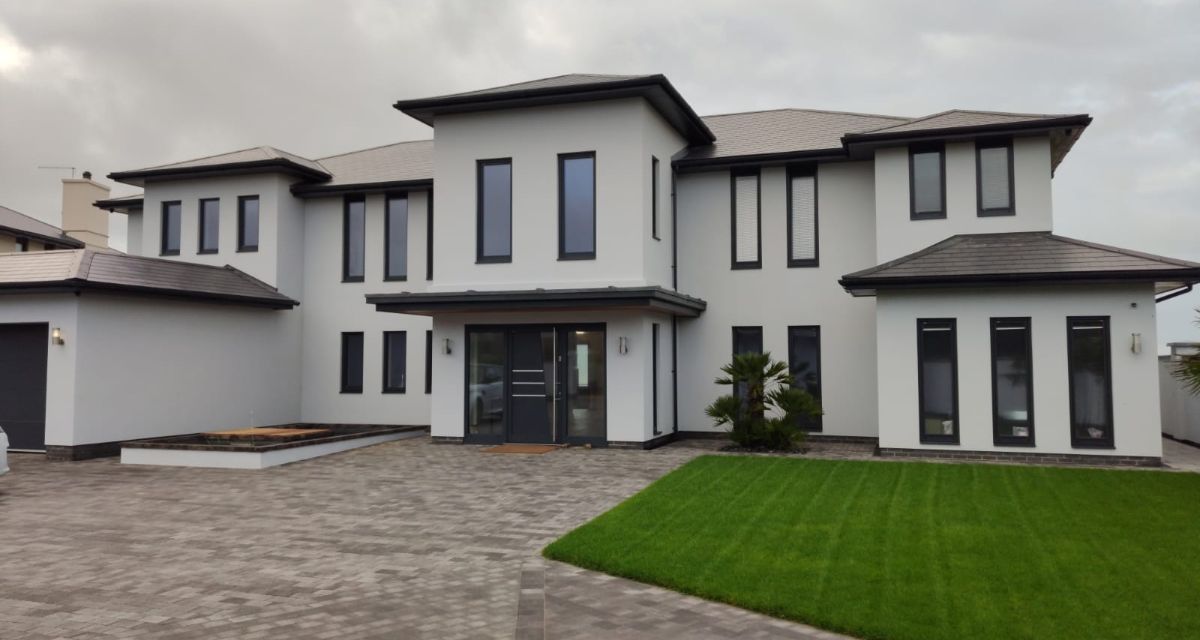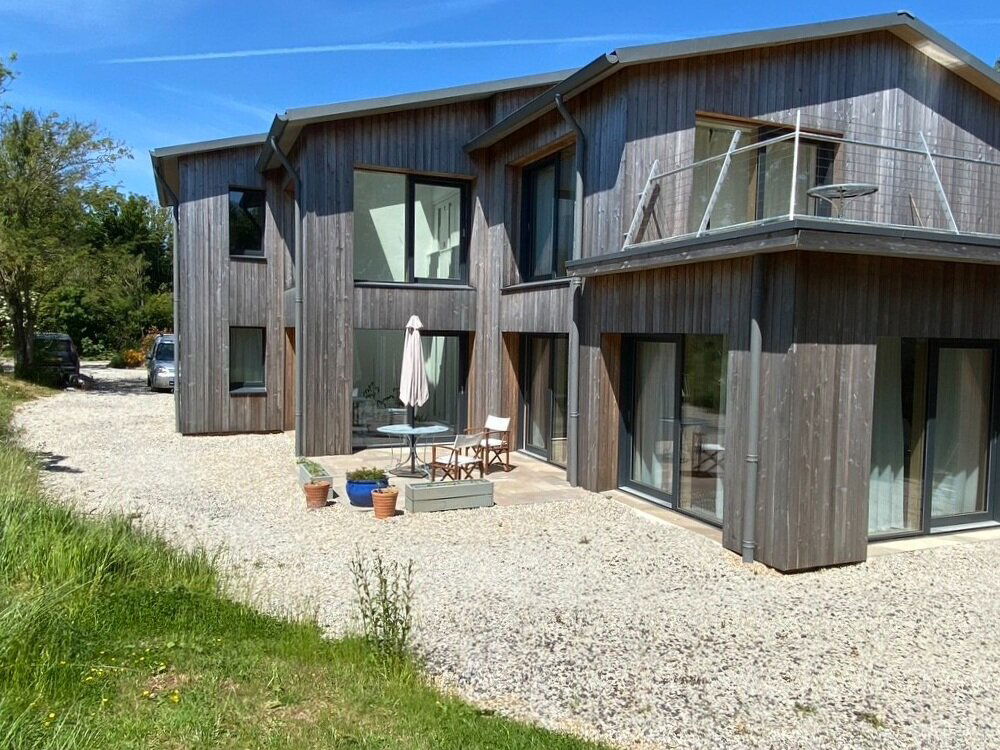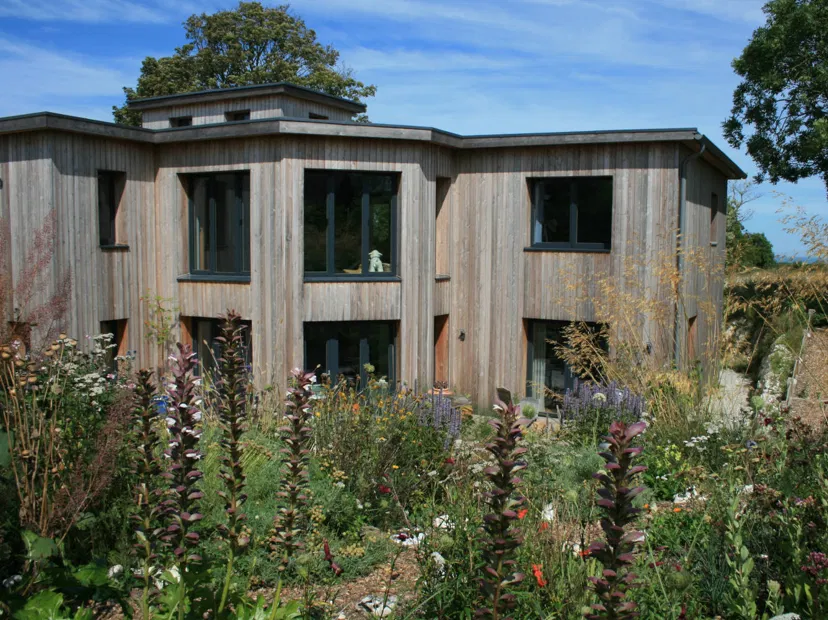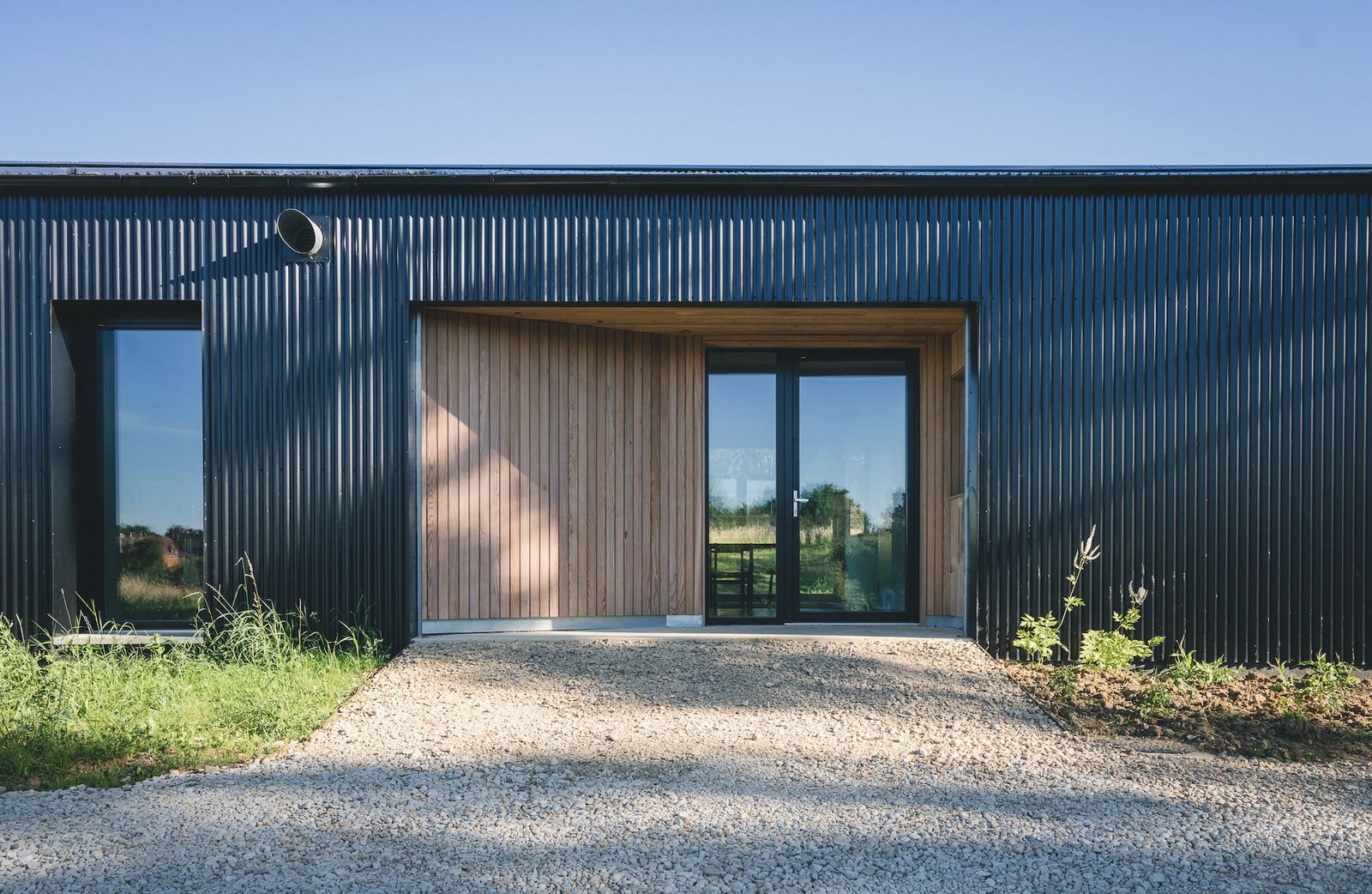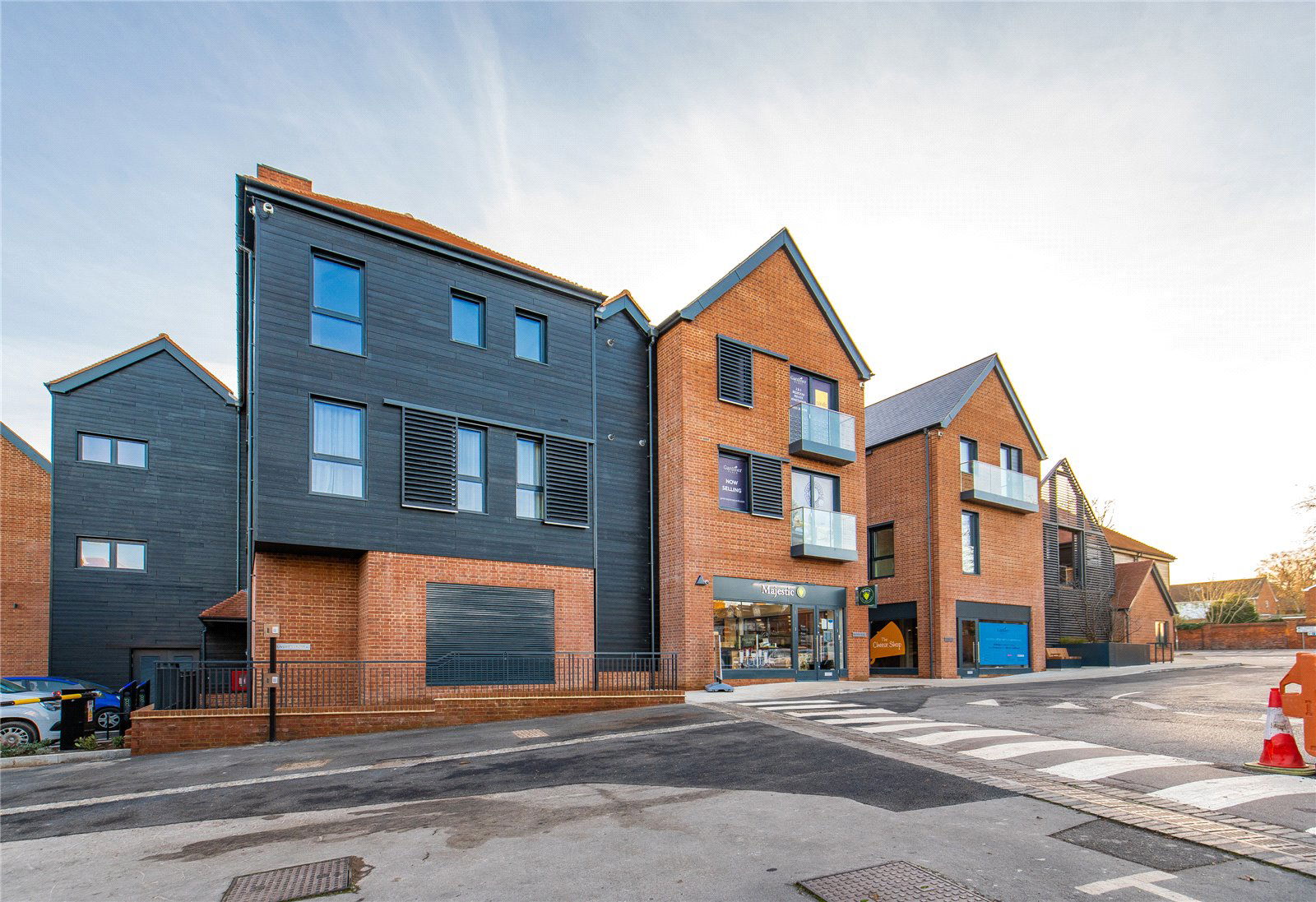What Is a Home Energy & Retrofit Assessment?
Think of it as a full health check for your property. A Home Energy & Retrofit Assessment evaluates how your home uses energy, where it's being lost, and what changes will have the biggest impact. It’s also the starting point for qualifying for government grants and ensuring your home can handle upgrades safely and effectively.
What Does the Assessment Involve?
1. Energy Performance Review
Goes beyond the basics of an EPC (Energy Performance Certificate), analysing:
- Insulation (walls, lofts, floors)
- Windows and doors
- Heating systems and controls
- Ventilation and air tightness
- Actual energy usage
2. Occupancy Analysis
Looks at how energy is used in your home—how many people live there, how you heat and ventilate the space, and what times of day energy is used most. This makes the recommendations personal to your home life.
3. Condition Survey
Assesses the structural condition of your property to highlight any repairs needed before retrofit work begins—like signs of damp, ageing electrics, or roof issues.
4. Moisture & Ventilation Risk Check
As energy upgrades like insulation and double or triple glazing reduce airflow, the assessor checks whether your home has sufficient ventilation to prevent condensation and mould after improvements.
5. Tailored Retrofit Recommendations
Based on the assessment findings, a report is produced recommending appropriate improvements such as:
- Wall or loft insulation
- Triple glazing or airtight external doors
- Solar panels and battery storage
- Heat pumps or MVHR systems (Mechanical Ventilation with Heat Recovery)
Do I Need This Assessment for Grants?
Absolutely. The UK government requires a PAS 2035-compliant Retrofit Assessment if you're applying for support from schemes such as:
- ECO4 – Energy Company Obligation
- Boiler Upgrade Scheme (BUS)
- Social Housing Decarbonisation Fund (SHDF)
Without a formal assessment, your project will not be eligible for funding—and may not meet the quality and safety standards required.
Who Carries It Out?
The assessment must be done by a certified Retrofit Assessor trained under the PAS 2035 framework. If you're moving forward with government-backed works, your installer must also be TrustMark-registered.
Why It Matters for Windows and Doors
At AT-ECO Windows & Doors, we regularly work with clients whose retrofit assessments identify glazing as a major source of heat loss. Our high-performance systems from Internorm, Drutex, and Reynaers are often specified in whole-house retrofit plans because of their superior energy ratings, airtightness, and suitability for modern low-energy homes.
Insight
Case Study: In a recent renovation project in East Hampshire, AT-ECO played a key role in transforming a stunning private residence. Our team supplied and installed high-performance Internorm windows and doors, significantly enhancing both the property's aesthetic appeal and energy efficiency.
What Happens Next?
Once your assessment is complete, the results feed into a Retrofit Plan created by a coordinator. This ensures that measures are carried out in the correct order (e.g., insulation before replacing a boiler), reducing long-term costs and preventing issues like damp or overheating.
Key Takeaways
- It’s the first step in any retrofit journey
- It’s required for grant eligibility
- It helps you plan energy upgrades safely and effectively
- It ensures you’re choosing the right products—and installing them in the right order








